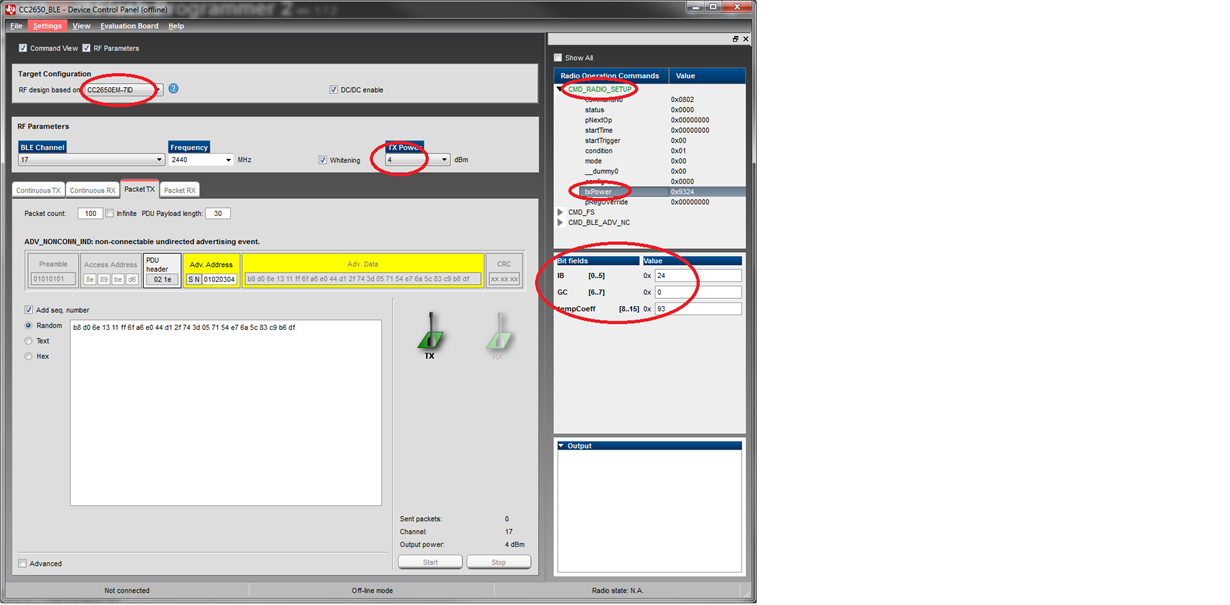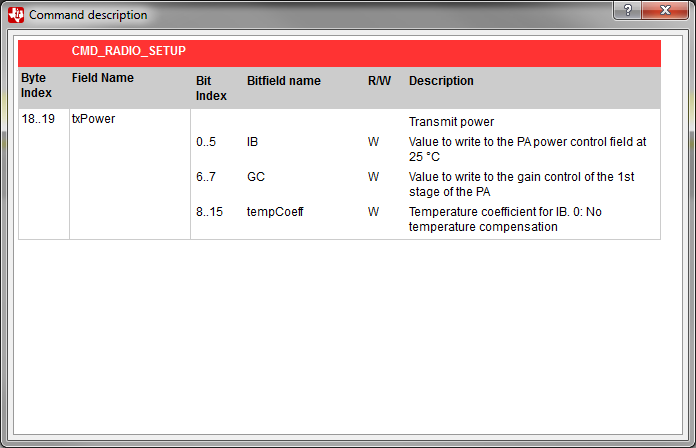I have followed the solution in  to enable CC2592 on CC2640. With those settings, what is the default TX power?
to enable CC2592 on CC2640. With those settings, what is the default TX power?
-
Ask a related question
What is a related question?A related question is a question created from another question. When the related question is created, it will be automatically linked to the original question.




